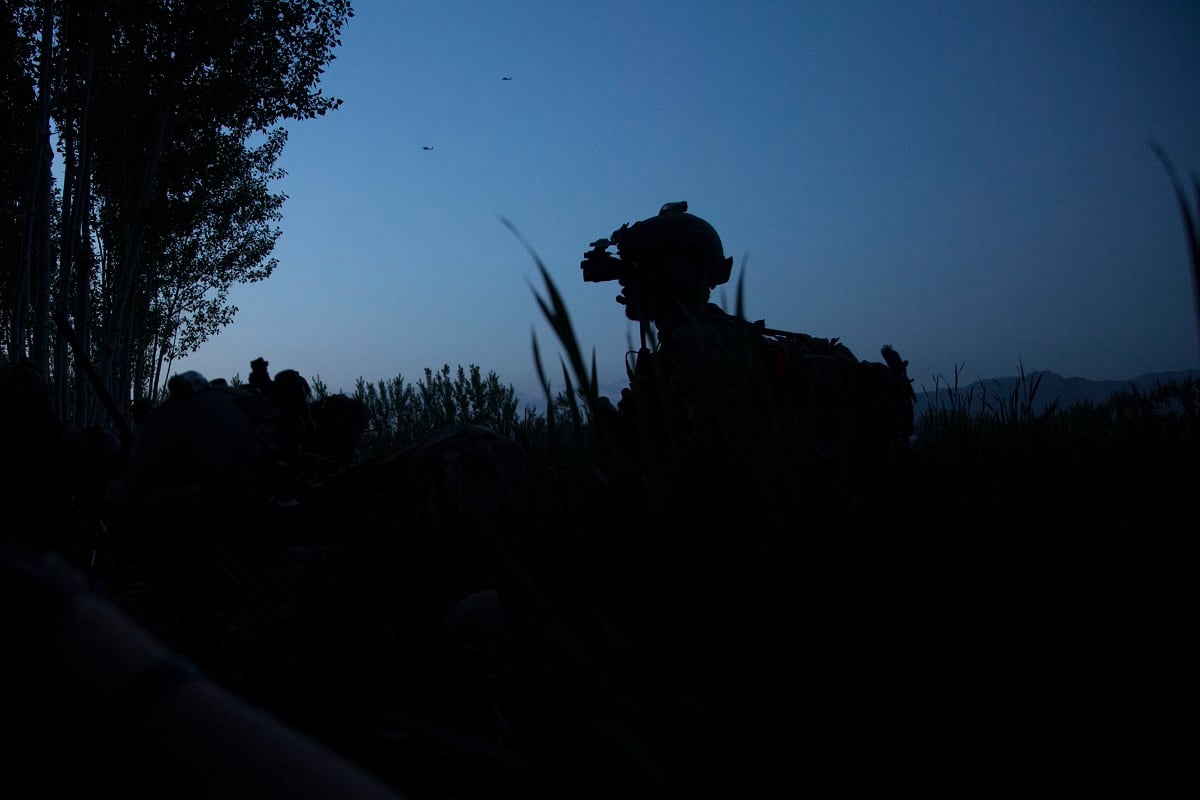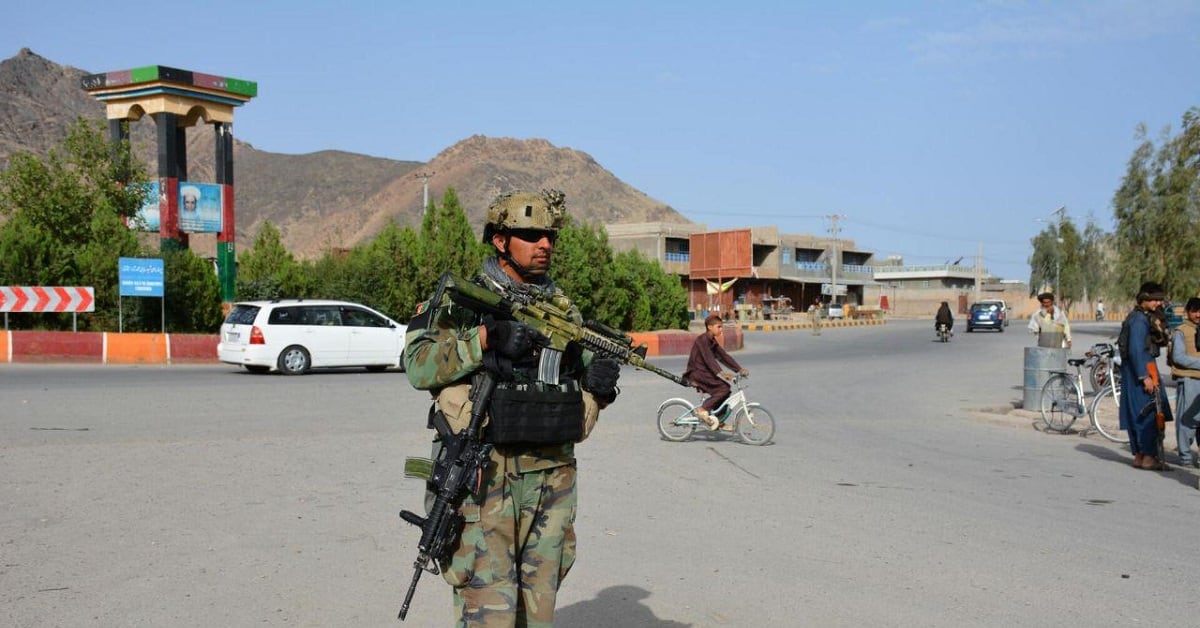Out of the more than 200 Afghan military trainees who have gone absent without leave in the United States as of February, only a dozen remain at large, immigration officials told Military Times.
“As of Feb. 21, 2019, 228 international military students from Afghanistan have been identified as AWOL," said Carissa Cutrell, a U.S. Immigration and Customs Enforcement spokeswoman. “These are across the U.S.”
“ICE’s Counterterrorism and Criminal Exploitation Unit continues to monitor the remaining 12 AWOL cases for future enforcement actions,” Cutrell added.
The number of Afghans who have been reported AWOL in the U.S. has increased by 50 percent over the last two years.
Between 2005 and 2017, more than 2,500 Afghan military personnel came to the U.S. for training. During that timeframe, 152 Afghans went AWOL, according to a U.S. government watchdog report in October 2017.
Military Times requested more information from immigration officials after it was announced that the Pentagon ended a training program for Afghan pilots in Fort Worth, Texas, because more than half went AWOL.
Although some worry that the missing Afghans are a national security risk, the trainees tend to go AWOL on years that coincide with much higher levels of violence on the battlefield back home, according to the watchdog report.
Afghan troops have also received asylum in the U.S. when their lives are directly threatened by insurgents. The reasons most often cited for going AWOL, according to the watchdog report, were safety concerns and a perceived lack of job security in Afghanistan following training.
Of the 228 students ICE has documented, 132 voluntarily departed the U.S., Cutrell said. Another 45 students “adjusted status,” or have pending applications to do so and one student returned to training, she added.
“Adjusted status means they could have changed the type of nonimmigrant visa they were using or adjusted to legal permanent residence status,” Cutrell said.
RELATED

The other 38 Afghan military students were arrested on immigration violations, according to ICE. An immigration violation is not abiding by the terms of their visa.
For instance, “not reporting for the training for which the visa was issued could constitute an immigration violation,” Cutrell said.
Of the 38 arrested, 12 were removed from the U.S., 13 were entered into removal proceedings, five voluntarily left after their arrest notification and eight applied or received an immigration benefit after their arrest notification.
ICE did not have any additional information that could be provided regarding the remaining 12 Afghan military students.

The phenomenon of AWOL foreign military students is neither new, nor limited to Afghan trainees.
However, Afghans were found to make up nearly half of all foreign military trainees that went AWOL while training in the U.S. since 2005, according to the Special Inspector General for Afghanistan Reconstruction.
Company-grade officers — with the rank of lieutenant or captain — were the most common trainees to go AWOL, according to the report.
Given the key role company-grade officers play in providing direct leadership to their NCOs and younger enlisted personnel, the trend of defection among them was concerning, as it could negatively impact morale back home, according to SIGAR.
Kyle Rempfer was an editor and reporter who has covered combat operations, criminal cases, foreign military assistance and training accidents. Before entering journalism, Kyle served in U.S. Air Force Special Tactics and deployed in 2014 to Paktika Province, Afghanistan, and Baghdad, Iraq.




